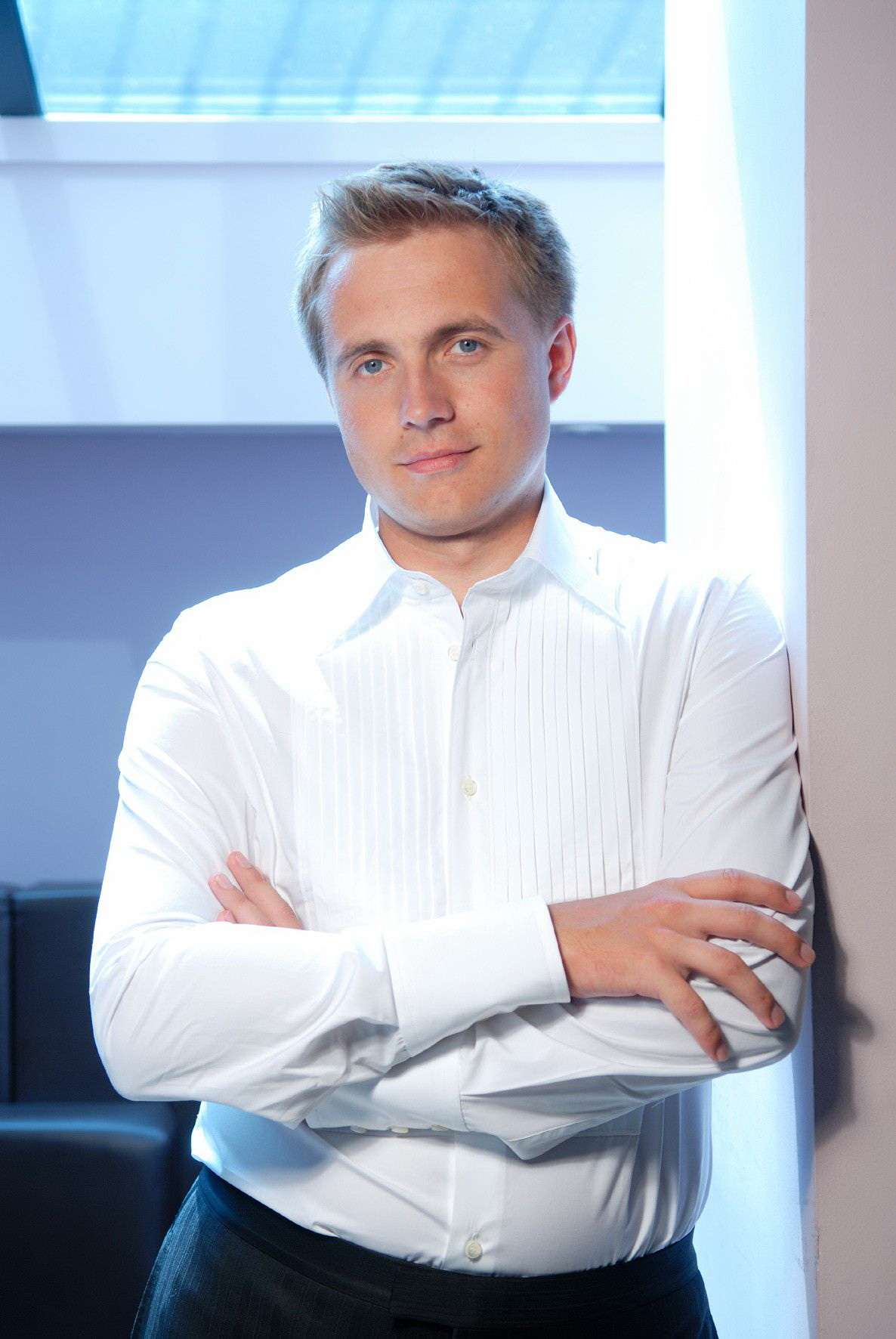|
Back
OSM and Petrenko Perform Shostakovich’s Tenth Montreal
Maison symphonique de Montréal, Place des Arts
11/28/2012 - & November 30, 2012
Eric Champagne: Mouvement symphonique No. 1
Samuel Barber: Violin Concerto, Op. 14
Dmitri Shostakovich: Symphony No. 10 in E minor, Op. 93
Alexandre Da Costa (Violin)
Orchestre symphonique de Montréal, Vasily Petrenko (Conductor)

V. Petrenko (© Mark McNulty)
Just over a week ago the Toronto Symphony Orchestra (TSO) performed Shostakovich’s Twelfth Symphony at Montreal’s “Maison symphonique”. On Wednesday evening the Orchestre symphonique de Montréal (OSM) played his Tenth Symphony, and in many respects the experiences were similar.
The works themselves share similarities. They are long, they use sudden dynamic contrasts to the extreme, they are built on tiny cells of thematic triads and fourths, they have tedious stretches due to the repetitions of these themes and, to me, they are too long for the amount of thematic material with which Shostakovich was working. Most conductors bring in the Tenth at 50 minutes; guest conductor Vasily Petrenko took 56.
Peter Oundjian with the TSO and Petrenko with the OSM also drew a similar sound from the two, some would say “rival” orchestras—not steely and bright like many American orchestras, nor lush and well-oiled like some European ones—but rather somewhere in-between—measured, cerebral, slightly bland—a typical Canadian compromise?
In Wednesday’s performance, the lower strings, which open the Tenth, quickly established a mystical atmosphere bordering on gravitas in the long first movement, unfortunately not equalled in the subsequent slow passages of the symphony. The woodwind solos were exemplary in their soft, plaintive, melancholy yearnings. The brass got off to a rocky start but hit their stride for the movement’s sustained climax. The second movement was nothing short of cataclysmic—the furies unleashed. Petrenko’s incisive, tightly-controlled conducting cut a blazing performance that fired up the hall. John Zirbel’s horn solos were a highlight of the third movement, and the syncopated rhythms and sharply erratic tempos of the last brought the symphony to a blistering climax. Overall, however, Petrenko failed to give architectural shape or to draw out the inner meanings of the work.
The concert opened with Mouvement symphonique No. 1, by 32-year-old Montreal composer Éric Champagne. This is a 10-minute work which he describes as “a study for a large-scale symphony yet to be written”! Using wide-ranging contrasts in dynamics similar to those in the Shostakovich, this tableau of varied orchestral colors, rhythms and tempos evoked everything from hunting calls, Wagner’s Götterdämmerung and 1940s romantic movie music. Although the OSM gave a tight and exhilarating performance, the work is typical of the short, 21st-century works that too often open the OSM’s concerts. Can we not have a full-length contemporary symphony for once, rather than a one-movement study?
Before intermission, Montrealer Alexandre Da Costa was soloist in Barber’s Violin Concerto. He played with a light, lyrical touch throughout. In the second movement his rubato brought a sweet, melodic line to the music, but in the third movement his sure and swift technique could have used more verve and color. Petrenko and the orchestra provided solid, well-balanced accompaniment, although they sometimes overpowered Da Costa in the louder passages.
ConcertoNet is on Facebook
Twitter: @concertonet
Earl Arthur Love
|